
Los grupos parapoliciales conocidos como ‘colectivos’ imponen su autogobierno en distintas zonas de Venezuela por la fuerza e incluso toman el control económico, publica El País
Al oeste de Caracas, el bolívar —la moneda de Venezuela— fue sustituida por otra con la imagen del expresidente Hugo Chávez y antiguos líderes del colectivo Alexis Vive desde hace una semana. “Inicia la primera experiencia de canje de bolívares por moneda comunal el panal”, ha presentado el grupo progubernamental en su cuenta de Twitter. Los colectivos son ampliamente conocidos por ser el brazo armado del chavismo. Estos grupos se han instaurado en distintos territorios del país sudamericano, la mayoría con base en la parroquia caraqueña 23 de Enero. En sus feudos no existe el libre albedrío, el control de estos milicianos es total.
Son organizaciones que han proliferado con el consentimiento del Ejecutivo. Su existencia era prácticamente clandestina en 2002, pero su protagonismo se ha nutrido del apoyo de altos funcionarios. Como otros colectivos, Alexis Vive ha hallado una forma expedita de recibir financiamiento legal y directo del Estado venezolano mediante la creación de fundaciones y de comunas en barrios. Robert Longa, el líder de ese grupo, tiene empresas registradas a su nombre que han recibido capital del Estado, por ejemplo.
En los dominios de Alexis Vive, en 23 de Enero y en tres ciudades de Venezuela, han levantado un emporio que incluye una televisora, una radio, un banco, fabricas productoras de alimentos y unos 11 comercios. Así, no solo se imponen por la intimidación, sino también por el poder económico en algunos barrios. Su moneda surge en un momento en que el bolívar se ha devaluado, al punto de tener un valor 100.000 veces menor frente al dólar cotizado en el mercado negro, y en que el propio presidente, Nicolás Maduro, ha anunciado el nacimiento de una criptomoneda, el petro, en un intento de torpedear la crisis financiera. Solo un panal equivale a 5.000 bolívares y tres sirven para comprar un kilogramo de arroz producido por el mismo colectivo. “En plena guerra económica y el bloqueo financiero internacional contra Venezuela, la Comuna El Panal 2021 y la Fuerza Patriótica Alexis Vive cumpliendo con las ordenes directa de comandante eterno Hugo Chávez, inicia la circulación de la moneda comunal el panal”, agrega la agrupación.
Según Alexis Vive, el proyecto no es fortuito. En noviembre de 2007, Chávez propuso la creación de un sistema económico en cada comuna. “Esa es la única manera de vencer la pobreza, de vencer la miseria y de lograr la mayor suma de felicidad posible para el pueblo, para hablar sólo de la economía”, dijo el mandatario entonces. Los colectivos se han impuesto como una fuerza de control social en Venezuela. En agosto, Naciones Unidas responsabilizó a estas organizaciones, milicias armadas, y a las fuerzas de seguridad por la muerte de 73 personas durante las protestas en el país.
Fuerza intocable
Para la autodenominada revolución bolivariana son un arma infalible durante estallidos sociales. Casi nunca caen ante las autoridades. Solo sobresale un episodio violento en octubre de 2014, un enfrentamiento entre estos grupos parapoliciales y cuerpos de seguridad del Estado. Entonces fue asesinado José Odreman, líder del grupo 5 de Marzo, en el centro de Caracas. La muerte valió la destitución del ministro de Interior y Justicia de turno, Miguel Rodríguez Torres, que ahora es un disidente del Gobierno. Fue una advertencia de que los colectivos son una fuerza intocable del régimen.
Hasta ahora estas milicias han estado sumidas a las directrices del oficialismo. El partido Redes, ilegalizado por el Consejo Nacional Bolivariano en agosto, conglomeraba a varios colectivos. Tras su desestructuración decayeron las aspiraciones políticas de varios de sus dirigentes.
La cara del fallecido presidente Hugo Chávez ilustra los billetes de mayor denominación -10 panales-. Cada unidad equivale a 5.000 bolívares (5 centavos de dólar al tipo de cambio no oficial) y también existen piezas de uno y cinco panales, detalló Reuters.
La moneda, inspirada en iniciativas probadas en países como Italia y Uruguay, se usará para adquirir productos como arroz y pan que están siendo manufacturados por los habitantes de la comuna socialista El Panal 2021, que tiene unas 10 hectáreas de extensión y está conformada por unas 4.000 familias.
“Nos sentimos abrumados, para confesar, no sabíamos que la aceptación iba a ser tan rápida y tan grande”, expresó Salvador Salas, representante de la comuna situada en la barriada capitalina “23 de Enero”, un bastión del chavismo.
La moneda ya superó una prueba piloto, afirmó. La primera impresión, hecha por el banco comunal Banpanal, fue de 4.000 billetes de cada denominación y eran comprados descontando el equivalente en bolívares de una tarjeta de débito.
Los panales servirían para canjearlos el fin de semana por arroz, con un valor de 3 panales por kilo, lo que equivale al precio regulado de 15.300 bolívares, pero está muy por debajo de los al menos 45.000 bolívares por la misma cantidad en el mercado no regulado.
Los comuneros esperan respaldar la moneda con reservas conformadas por alimentos producidos en El Panal 2021, chatarra procesada, así como criptomonedas.
“Los consejos comunales nos dijeron que por la falta de efectivo crearon una moneda para hacer la compra de los productos que nos hacen llegar, en este caso, para la compra del arroz, de tres kilos por familia”, dijo a Reuters Cindy Massó, un ama de casa de 31 años, luego de haber adquirido sus primeros panales.
Adicionalmente en la comuna trabajan en el desarrollo de aplicaciones o billeteras digitales para el intercambio de los panales, además del lanzamiento de las fracciones de 10 y 50 centavos.






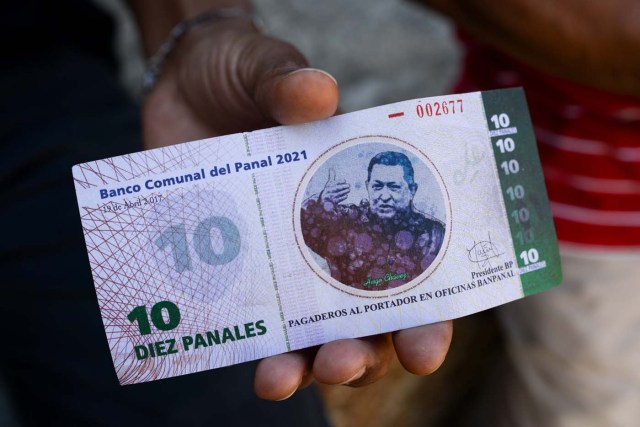
A collective in a hilltop shantytown in Caracas created its own currency, the panal, in an attempt to fight chronic shortages of cash in inflation-ridden Venezuela. The currency can be exchanged locally for staples like sugar, rice (produced in the neighborhood itself), and bread. / AFP PHOTO / FEDERICO PARRA
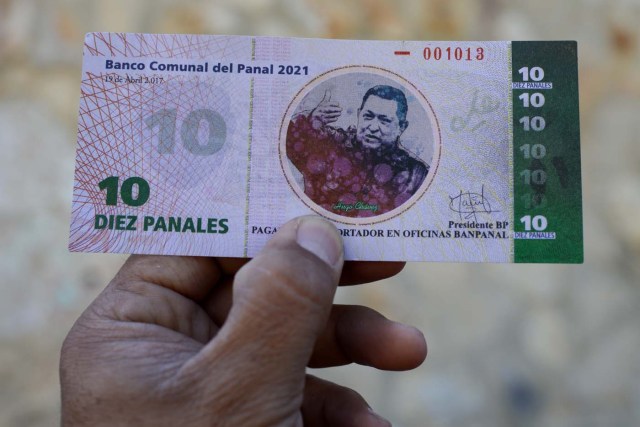
A collective in a hilltop shantytown in Caracas created its own currency, the panal, in an attempt to fight chronic shortages of cash in inflation-ridden Venezuela. The currency can be exchanged locally for staples like sugar, rice (produced in the neighborhood itself), and bread. / AFP PHOTO / FEDERICO PARRA
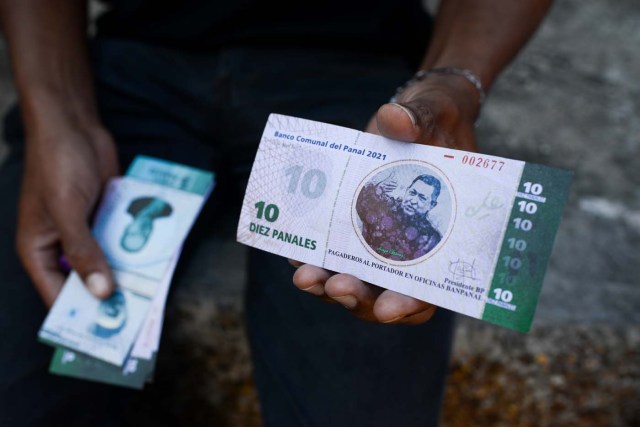
A collective in a hilltop shantytown in Caracas created its own currency, the panal, in an attempt to fight chronic shortages of cash in inflation-ridden Venezuela. The currency can be exchanged locally for staples like sugar, rice (produced in the neighborhood itself), and bread. / AFP PHOTO / FEDERICO PARRA

A collective in a hilltop shantytown in Caracas created its own currency, the panal, in an attempt to fight chronic shortages of cash in inflation-ridden Venezuela. The currency can be exchanged locally for staples like sugar, rice (produced in the neighborhood itself), and bread. / AFP PHOTO / FEDERICO PARRA
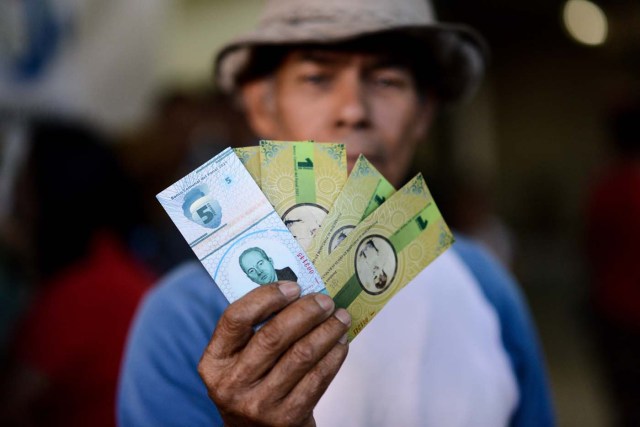
A collective in a hilltop shantytown in Caracas created its own currency, the panal, in an attempt to fight chronic shortages of cash in inflation-ridden Venezuela. The currency can be exchanged locally for staples like sugar, rice (produced in the neighborhood itself), and bread. / AFP PHOTO / FEDERICO PARRA
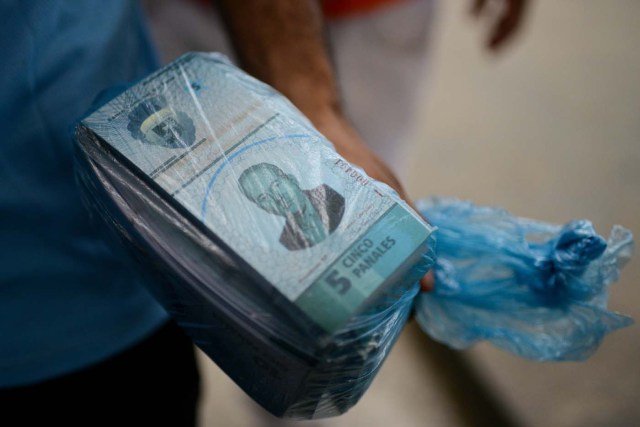
A collective in a hilltop shantytown in Caracas created its own currency, the panal, in an attempt to fight chronic shortages of cash in inflation-ridden Venezuela. The currency can be exchanged locally for staples like sugar, rice (produced in the neighborhood itself), and bread. / AFP PHOTO / FEDERICO PARRA
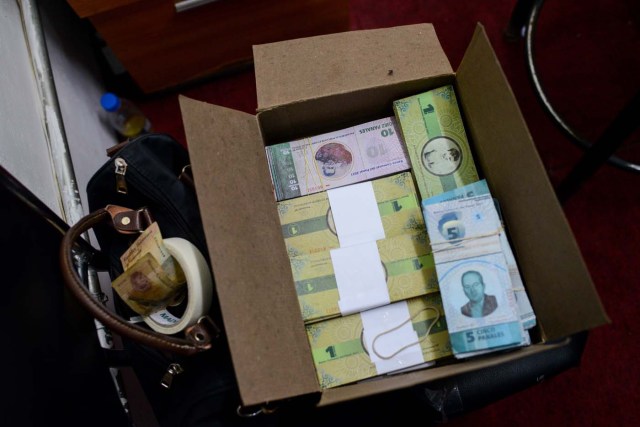
A collective in a hilltop shantytown in Caracas created its own currency, the panal, in an attempt to fight chronic shortages of cash in inflation-ridden Venezuela. The currency can be exchanged locally for staples like sugar, rice (produced in the neighborhood itself), and bread. / AFP PHOTO / FEDERICO PARRA
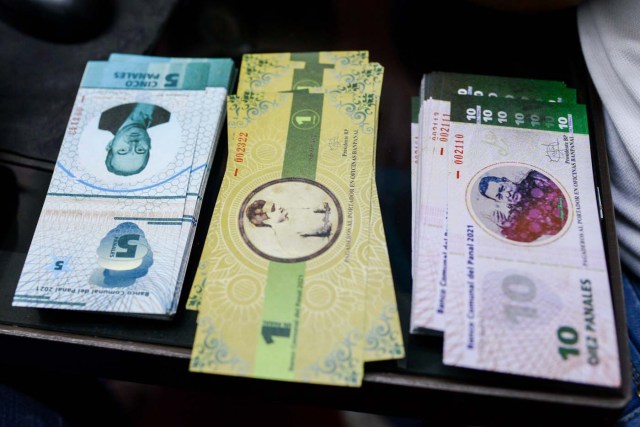
A collective in a hilltop shantytown in Caracas created its own currency, the panal, in an attempt to fight chronic shortages of cash in inflation-ridden Venezuela. The currency can be exchanged locally for staples like sugar, rice (produced in the neighborhood itself), and bread. / AFP PHOTO / FEDERICO PARRA
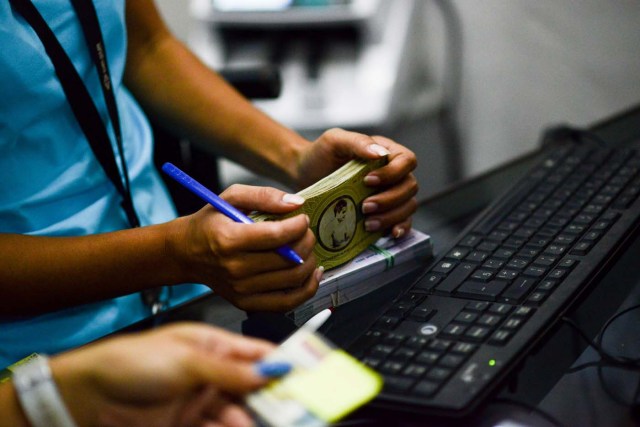
A collective in a hilltop shantytown in Caracas created its own currency, the panal, in an attempt to fight chronic shortages of cash in inflation-ridden Venezuela. The currency can be exchanged locally for staples like sugar, rice (produced in the neighborhood itself), and bread. / AFP PHOTO / FEDERICO PARRA
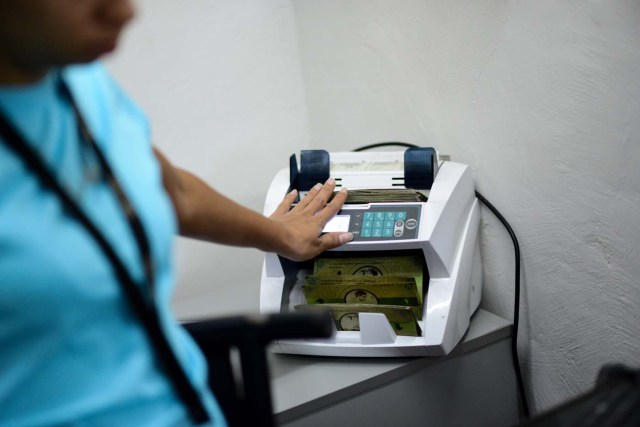
A collective in a hilltop shantytown in Caracas created its own currency, the panal, in an attempt to fight chronic shortages of cash in inflation-ridden Venezuela. The currency can be exchanged locally for staples like sugar, rice (produced in the neighborhood itself), and bread. / AFP PHOTO / FEDERICO PARRA
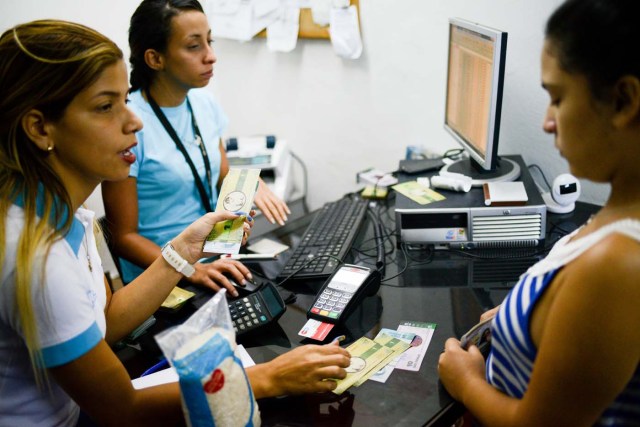
A collective in a hilltop shantytown in Caracas created its own currency, the panal, in an attempt to fight chronic shortages of cash in inflation-ridden Venezuela. The currency can be exchanged locally for staples like sugar, rice (produced in the neighborhood itself), and bread. / AFP PHOTO / FEDERICO PARRA
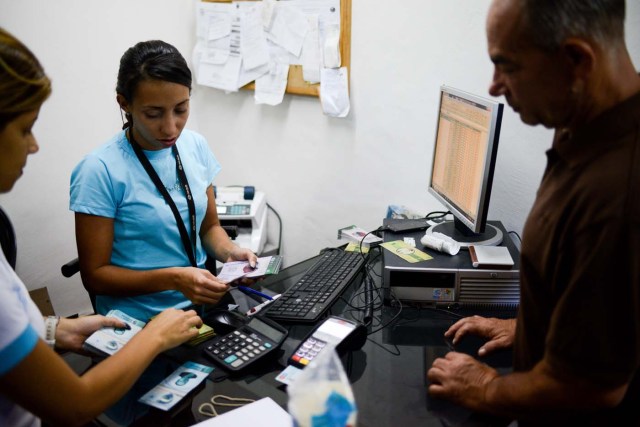
A collective in a hilltop shantytown in Caracas created its own currency, the panal, in an attempt to fight chronic shortages of cash in inflation-ridden Venezuela. The currency can be exchanged locally for staples like sugar, rice (produced in the neighborhood itself), and bread. / AFP PHOTO / FEDERICO PARRA
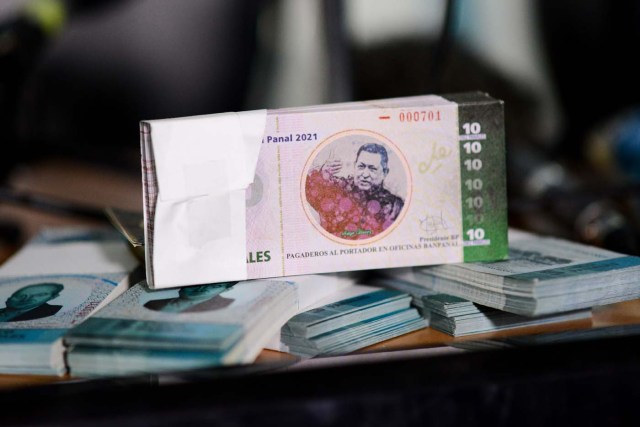
A collective in a hilltop shantytown in Caracas created its own currency, the panal, in an attempt to fight chronic shortages of cash in inflation-ridden Venezuela. The currency can be exchanged locally for staples like sugar, rice (produced in the neighborhood itself), and bread. / AFP PHOTO / FEDERICO PARRA
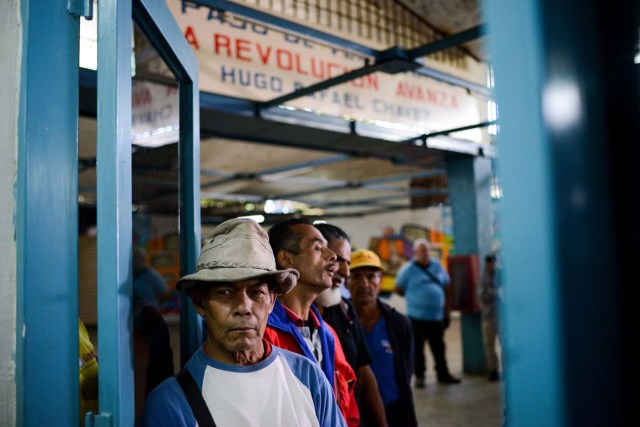
A collective in a hilltop shantytown in Caracas created its own currency, the panal, in an attempt to fight chronic shortages of cash in inflation-ridden Venezuela. The currency can be exchanged locally for staples like sugar, rice (produced in the neighborhood itself), and bread. / AFP PHOTO / FEDERICO PARRA
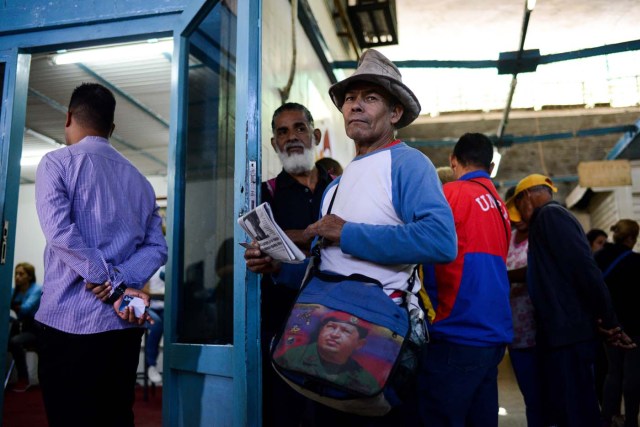
A collective in a hilltop shantytown in Caracas created its own currency, the panal, in an attempt to fight chronic shortages of cash in inflation-ridden Venezuela. The currency can be exchanged locally for staples like sugar, rice (produced in the neighborhood itself), and bread. / AFP PHOTO / FEDERICO PARRA
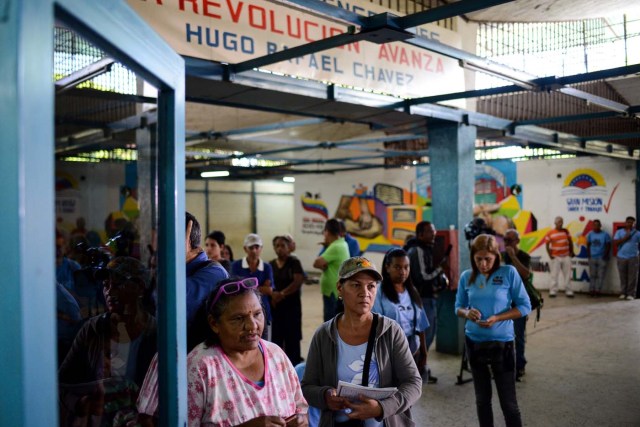
A collective in a hilltop shantytown in Caracas created its own currency, the panal, in an attempt to fight chronic shortages of cash in inflation-ridden Venezuela. The currency can be exchanged locally for staples like sugar, rice (produced in the neighborhood itself), and bread. / AFP PHOTO / FEDERICO PARRA
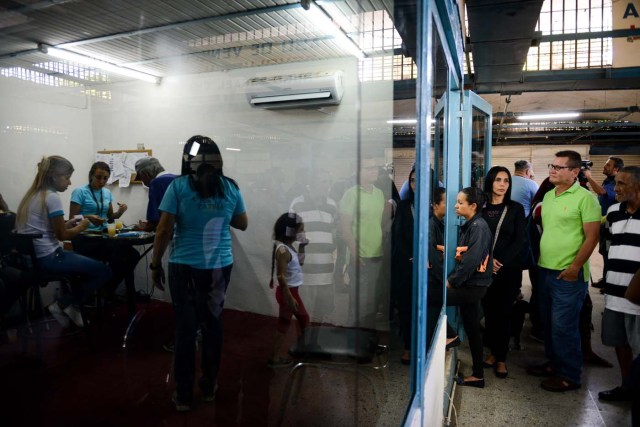
A collective in a hilltop shantytown in Caracas created its own currency, the panal, in an attempt to fight chronic shortages of cash in inflation-ridden Venezuela. The currency can be exchanged locally for staples like sugar, rice (produced in the neighborhood itself), and bread. / AFP PHOTO / FEDERICO PARRA

A collective in a hilltop shantytown in Caracas created its own currency, the panal, in an attempt to fight chronic shortages of cash in inflation-ridden Venezuela. The currency can be exchanged locally for staples like sugar, rice (produced in the neighborhood itself), and bread. / AFP PHOTO / FEDERICO PARRA

